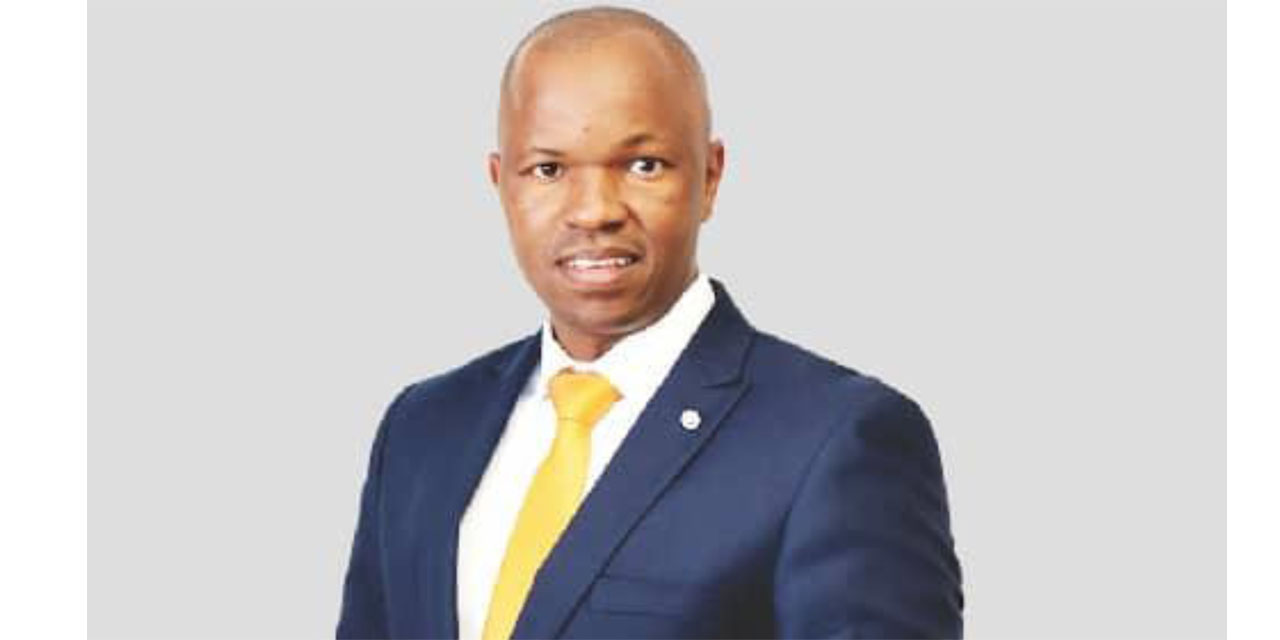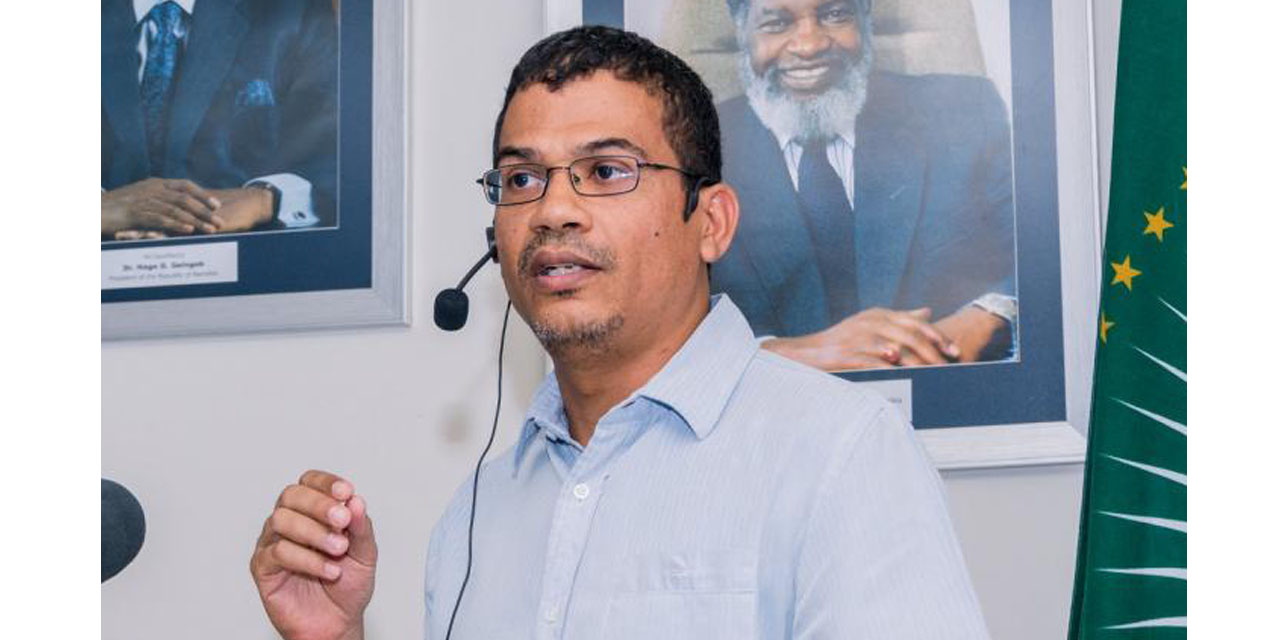Tujoromajo Kasuto
Occupancy rates at countrywide hospitality establishments were at 37.9 percent in December 2022, compared to 45.8 percent the previous month, bringing the yearly average to 40.1 percent in 2022. This is about double the yearly average in 2021 and has reached around 80 percent of pre-pandemic levels since June 2022.
According to the Hospitality Association of Namibia (HAN), Namibians would account for about 51 percent of all customers at statewide hospitality enterprises in 2021.
This percentage fell to around 33 percent in 2022, indicating an improvement in global travel since 2022 was relatively free of covid rules and travel restrictions.
Based on stakeholder engagements and data from HAN, Research Firm Simonis Storm expects the GDP growth figures for the hotels and restaurants sector to have been in the double-digit range.
“It all depends, however, on which hospitality establishments are surveyed. The hotels and restaurants sector expanded by a paltry 4.3 percent year on year, 8.1 percent year on year, and 1.7 percent year on year in 1Q2022, 2Q2022, and 3Q2022, respectively. Regardless, we continue to believe that tourism could be one of the most important drivers of economic activity in 2023, despite the fact that recessions are expected in Namibia’s main tourist source markets in the first half of this year (1H2023),” said the firm’s Economist Theo Klein
This comes as the share of Namibian guests still remains high, also indicating that locals remain eager to support the local tourism industry.
However, Klein notes that this will become more challenging, given the inflationary pressures that mount in 2022.
“In our November 2022 Inflation report, we noted that the average room rate at a lodge increased by 13.4% in 2022 compared to 2021, with the average game drive price increasing by 10.0% and average campsite prices rising 10.3% during the same time. While we do expect inflation rates to decrease in 2023, accommodation costs will remain expensive for locals. Providing some relief to local travellers, however, is our expectation that local petrol prices ought to decrease over the next couple of months,” he explains.
Furthermore, he says the increase in foreign visitor share demonstrates that Namibia does not require its own national airline to support tourist inflows.
Similarly, Namibia recently joined the Single African Air Transport Market, which includes 33 African countries (SAATM).
This is an African Union Agenda 2063 project that aims to create a unified air transport market in Africa, reduce travel costs, and improve the continent’s integration.
According to Klein, this will not only benefit tourist flows between African countries, but it may also improve air cargo by lowering airport taxes and fees.
“Joining SAATM comes at a time when the local tourism industry is trying to diversify its tourist source markets. At the moment, Namibia’s peak tourist season (between May and September) coincides with Europe’s Summer season. The idea is to market Namibia as an “all-year” destination by targeting marketing efforts at alternative markets whose Summer season coincides with Namibia’s. These countries include Latin America and other African countries,” he adds.
Besides this, while local tourism operators are attempting to market Namibia as an “all year” destination, they are focusing not only on safari and game viewing but also on culture, adventure travel, and active travel (i.e. sports).
If these initiatives are successful, they will result in positive growth for the local tourism industry, which employs a significant number of Namibians and has one of the most diverse value chains in the local economy.




